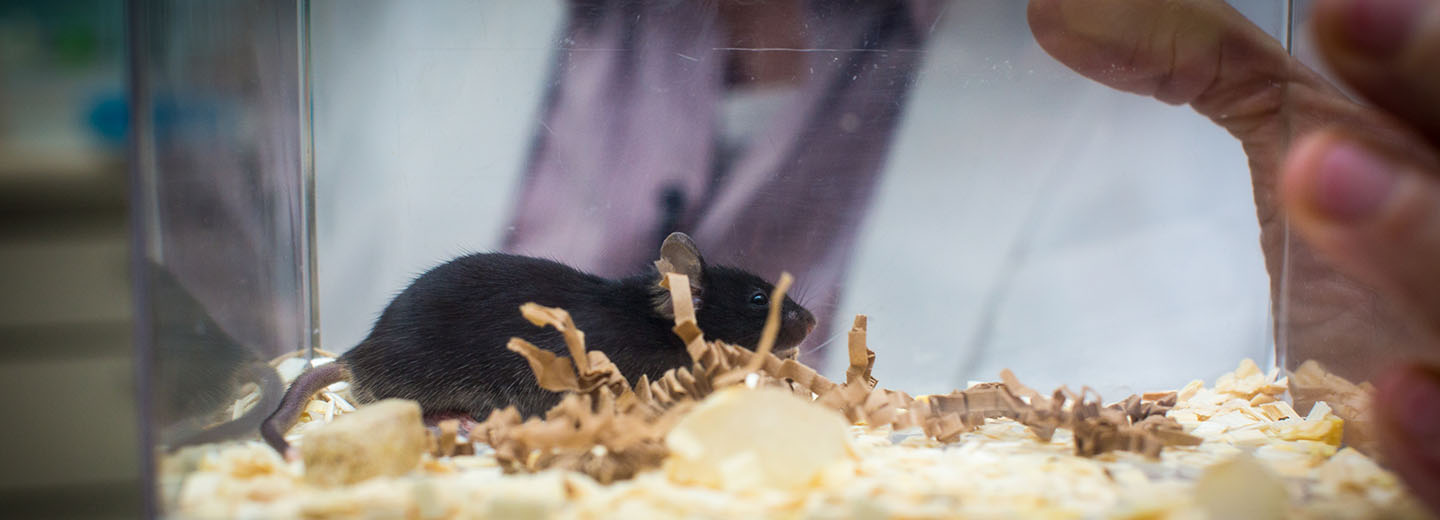
Mice sing love songs in ultrasound
When mice want to attract the opposite sex, they make ultrasounds based on the same principle as a jet engine. The new insights may change research into human voice disorders
By Jacob Stenz, jaez@sdu.dk, 03-11-2016
Even though the mouse is one of the preferred laboratory animals when it comes to medical research, these little rodents are still a source of surprise in laboratories.
A research project led by Associate Professor Coen Elemans from SDU shows how mice are capable of producing sounds, which have not been previously detected in mammals.
In addition to the squeaking sounds, that humans can hear, mice also produce sounds with the larynx. The sounds are ultrasonic and hence not audible to humans.
>Sounds like a plane
The researchers recorded the mouse sounds and then lowered the frequency. They sound unmistakably like the chirping of birds. But what Coen Elemans finds even more interesting is that the researchers have now discovered the mechanism, which the mice use for singing.
It turns out that the song, which the males use to attract the opposite sex, is created by pressing their vocal cords together and sending air into the larynx. In other words, when mice make these mating signals, their vocal cords do not vibrate at the same speed, which researchers assume vertebrates normally do.
Instead, the stream of air hits the wall of the larynx, and resonance gets sent back in the stream, producing a stable whistling sound at a very high frequency.
- It is surprising that when mice get sexually excited they actually utter sounds, which otherwise we only find in the jet engine of a plane when it is taking off or landing, and in other very large industrial turbines, says Coen Elemans.
Medical significance
The new knowledge is particularly relevant, because mice are widely used for medical experiments.
-If we do not know how mice make sounds and how they control sound frequency, we cannot be 100% certain about the results of the experimental medication, says Coen Elemans.
He points out that the new results mean that we need to take a fresh look at our knowledge of the way that mammals produce sound.
The next step will be to find out how to manipulate and change the sounds. This could eventually be significant in terms of the possibility of treating stuttering or voice loss associated with diseases such as Alzheimer’s and motor neurone disease.
Photos and film: Anders Boe
Meet the scientist
Coen Elemans conducts research into neuromechanics in the Department of Biology at SDU. His research is all about how animals produce and control sounds using their brains and muscles. This applies to birds, rodents, bats and other mammals.